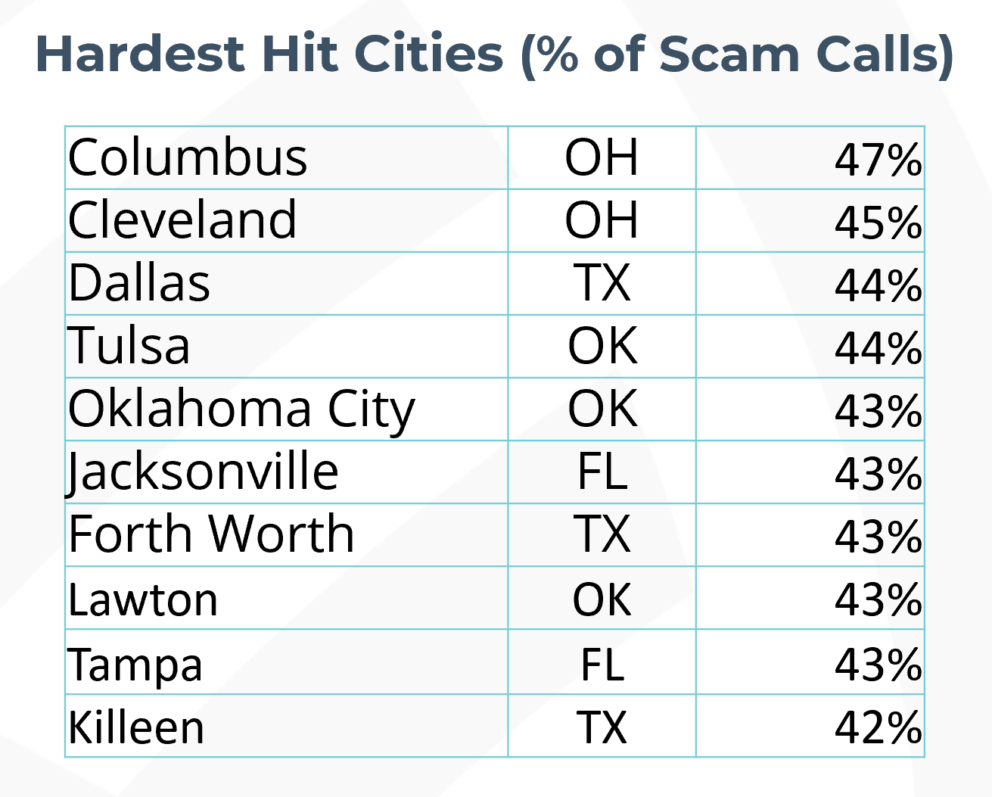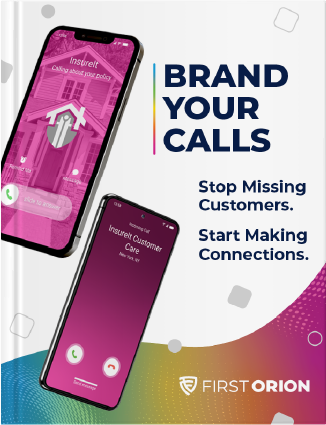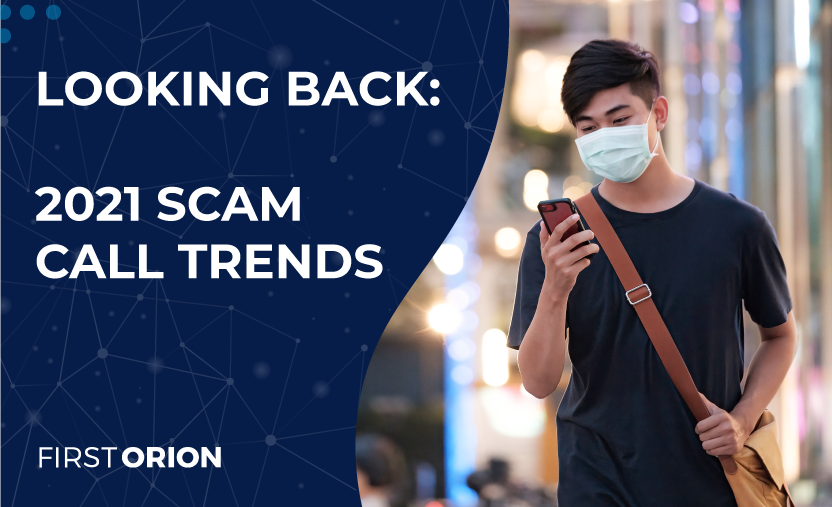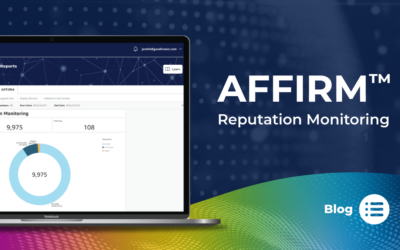We’re all familiar with scam calls. They pester and ping nearly every single one of us. In a recent survey, 97% of people said they had received an unwanted call (i.e., telemarketer, unwanted robocall, unknown caller, etc.). Clearly, it’s a problem – and at the moment, it’s not going away. Though most mobile service providers now have solutions in place to verify calls, it hasn’t put a stop to the plague of scam calls that go out (more info on that here). We took a look back at our scam call tracking for 2021; here’s a detailed view of call frequency and targeted locations, scam call impact, types of scam calls, and more.
Are You Getting More Scam Calls?
If you think that you got more scam calls this year, you’re right. You may have even noticed an uptick over the holiday season (54% of people say they get more scam calls during this time of year). We’ve got the numbers to back it up. According to our data, there has been a 118% (more than double) increase in the number of scam calls in 2021 than in 2020. And some locations get more scam calls than others.
Scam Call Targeting: Where Do You Live?
While it seems that scam calls are universally applied, some parts of the country get more calls than others. If you live in Ohio, Texas, Oklahoma, or Florida, our data shows that you may be getting more scam calls than people in other states (by percentage of scam calls per mobile subscriber):  Regardless of where you live, the impact of these phone calls is staggering.
Regardless of where you live, the impact of these phone calls is staggering.
2021 Scam Call Impact
Here are some eye-popping estimates on the 2021 Scam Call Experience:
- Scam Calls: 110 BILLION
- Scam Victims: 88 MILLION
- Scam Losses: $44.2 BILLION
Per person, that breaks down to over 1,200 scam calls and $502 lost per victim. Scary, right? Whatever their methods are, it’s clearly working. So, what types of scam calls are people getting?
Types of Scam Calls
There is a pattern to the types of scam calls that go out. Mainly, scammers prey on sensitive issues and they use fear to get their victims to take action. These often include car trouble (think vehicle warranty), student loans, tax scams, and government agencies (IRS or Social Security), among others.
Another tactic revolves around monetary windfalls (such as “get rich quick“) – giving people false hope. They may offer debt relief, credit repair, free offers, or other forms of financial assistance. Unfortunately, the victims of these scams wind up losing money or personal information rather than getting help.
Kent Welch, First Orion’s Chief Data Officer, covers the top 3 phone scams of 2021:

Emerging Scam Call Trends
During the second half of 2021, we noticed some emerging scam call trends which may carry over into 2022. The following types of scam calls have seen an increase:
-
- Debt relief (including student loan) – Greater than 4,000%
- Free offers – Greater than 1,000%
- Credit repair – Greater than 800%
- Get rich quick – Greater than 400%
- Amazon & other retail – Greater than 400%
How to Protect Yourself in 2022
People are fed up with scam calls and they’re taking action. Outside of price and coverage, people want better scam call protection from their mobile provider. Scam call protection services rank higher than bundled entertainment services as a reason people choose one mobile service provider over another. Outside of that, there are mobile apps that can drastically improve scam call tracking and reporting. Download the free PrivacyStar app, available for Apple and Android devices. Have a happy (and safe) 2022!
First Orion, a leading solutions provider for mobile carriers and enterprises, tracks scam call data to help us transform the mobile communications experience.




